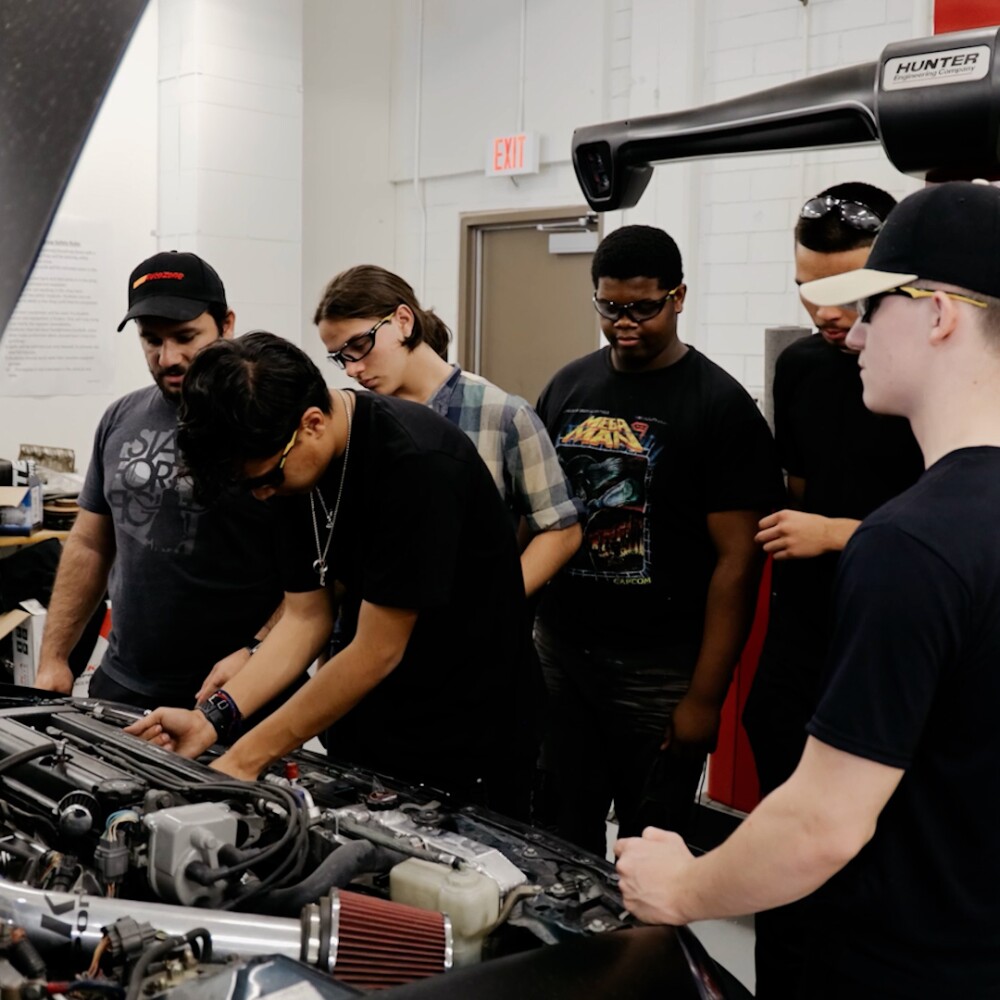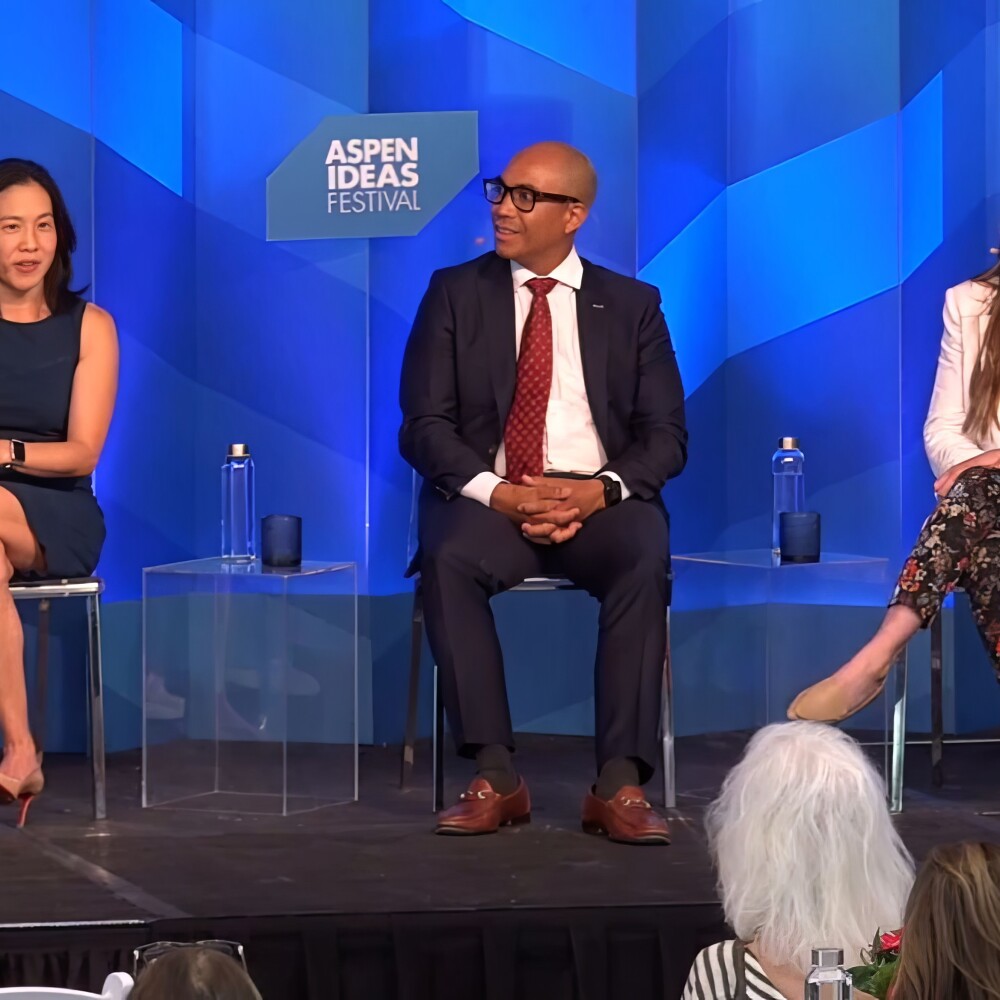In 1954, the U.S. Supreme Court ruled that racial segregation in public schools was unconstitutional. But the full promise of the Brown v. Board of Education decision was never realized. Not only does segregation continue in public schools, Black teachers, school leaders and students were left on the margins of the education system that developed in its wake. Even now, they remain marginalized.
The 1954 Project intends to change this – by embracing Black excellence in education so all students can thrive.
Launched with seed funding from the Cleveland Avenue Foundation for Education and the Walton Family Foundation, the 1954 Project aims to raise at least $100 million in partnership with the Black philanthropic community and allies over the next five years to support Black educators and education leaders across the country.
This Black-led philanthropic initiative is grounded in the understanding that our education system will never be truly inclusive until it eliminates barriers that prevent Black talent from flourishing. It will advance innovative and culturally affirming approaches to teaching and learning and expand educator diversity that is so critical to student achievement.
I spoke with Liz Thompson, who with her husband, Don Thompson, founded the Cleveland Avenue Foundation for Education, about her passion and vision for the 1954 Project.
Why is education your family’s philanthropic focus?
Education is in our DNA. For centuries, Black people have valued education as one of our most critical passports to economic empowerment and a better life. Don and I want to continue in that tradition. We come from humble beginnings, and our families passed down to us the importance of lifelong learning and a formal education.
Like many busy parents, business owners and philanthropists, we want to focus our efforts to have the greatest impact. Education helps create the opportunity to achieve economic mobility and stability for this generation and beyond.
What makes the 1954 Project different from other education initiatives?
What makes this project different is the confluence of Black leadership in education and Black philanthropy.
We want to draw upon the rich legacy of philanthropy that has always existed in the Black community, especially in our churches, to lift up the impact of education leaders who are most proximate to innovative solutions for students of color.
Educators and their ideas have always been at the ready. What they all too often are missing is broad and ongoing support – from financial resources, to networks, to mentorship, to encouragement. We will provide the support our leaders need today and into tomorrow by drawing upon our ancestral wisdom and the collective strength of our diverse community of support.
We are inspired by the ubiquitous talent of Black leaders within the education field. We aspire to fully nurture the ideas generated from this extraordinary collective of thought leaders and practitioners.
Philanthropy can become a powerful actor for change across our social landscape ... We want to use our voices to imagine how philanthropy can support Black leaders."
Who are the people that the 1954 Project is trying to help?
Over the next five years, we will work to raise at least $100 million to invest in the genius and deep reservoir of Black talent in the education nonprofit sector. Our model will intentionally elevate the oft-overlooked excellence of Black educators, education innovators and school leaders.
What’s your vision for the impact of the 1954 Project?
Philanthropy can become a powerful actor for change across our social landscape. My husband and I have spent a lot of time reflecting on our own journeys. We want to use our voices to imagine how philanthropy can support Black leaders and how we can help connect them with the financial support to drive innovation and create lasting systemic change. We see our efforts as part of a larger movement for change in how philanthropy engages with leaders of color more broadly.
We will create a thriving, intergenerational community of donors who seek to join us in amplifying ideas that center on the perspectives of Black students and communities.
When we do this, the nation will value the contributions of Black leaders in education, and all students will be better prepared to be successful in our diverse society.
Who is the ideal ally of the 1954 Project?
We define allies by their actions and their values. There are many individuals and organizations that share our values of centering on those working deeply with communities, of celebrating unique and often undervalued perspectives, of believing in the power of intergenerational learning, of acknowledging the importance of the long-standing legacy of Black leaders fighting for educational equity and of grounding our work in joy and love for the Black community. We invite them and welcome all with open arms as advocates in this work. We need everyone at the table to be successful.
The Walton Family Foundation is an example of an ally by its actions. It has demonstrated a belief in the importance of Black leadership in improving education by sharing talent and resources as a seed funder to invest in this work. We hope others with this commitment will also join us.
We are also hopeful that other diverse community efforts like ours will become partners and allies in infusing more diverse leadership into the overall education ecosystem.




